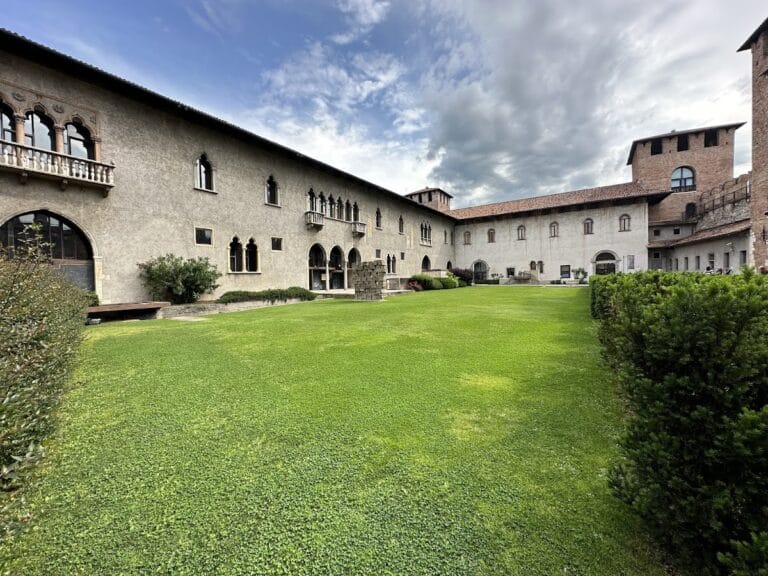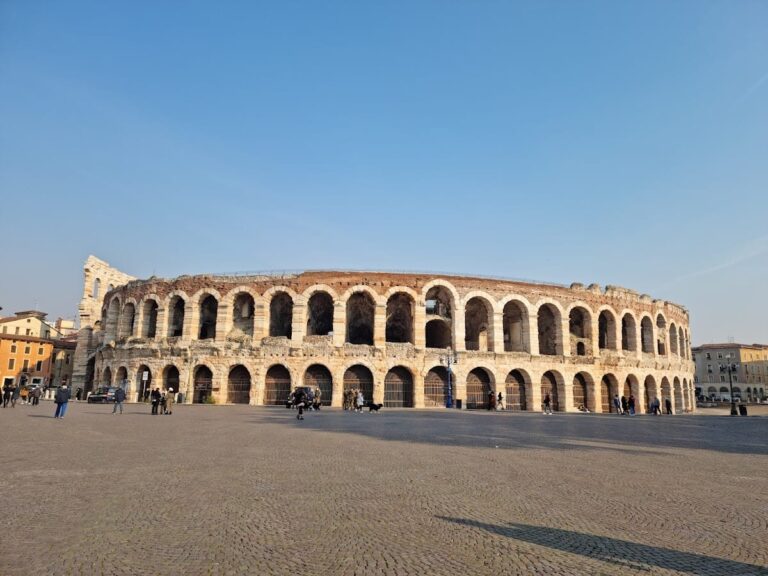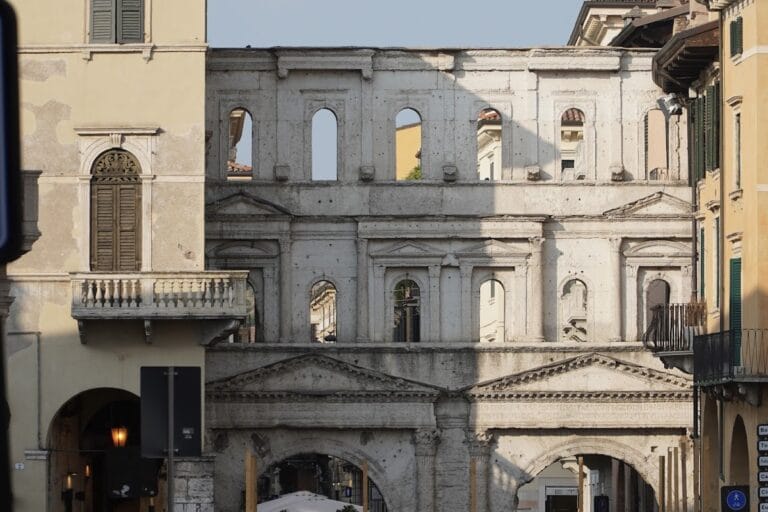Villafranca Castle: A Medieval Fortress in Italy
Visitor Information
Google Rating: 4.5
Popularity: Medium
Google Maps: View on Google Maps
Official Website: www.comune.villafranca.vr.it
Country: Italy
Civilization: Unclassified
Remains: Military
History
Villafranca Castle is located in the town of Villafranca di Verona in modern Italy. It was built by the medieval population of Villafranca, originally established as a free city to serve as a defensive post between the cities of Verona and Mantua.
Construction of the castle began in 1185 and continued until 1202, coinciding with the founding of Villafranca itself. Rather than a noble residence, the castle was primarily designed as a fortress to protect the local inhabitants and their livestock amid regional conflicts. Its position along the ancient Roman road Via Postumia and near the Tione dei Monti stream provided strategic control over the surrounding countryside.
In 1242, the castle suffered destruction when Mantuan forces attacked, setting it ablaze. Rebuilding efforts quickly commenced in 1243 under Enrico III da Egna, then podestà of Verona, who also elevated the main tower during this phase. Following this, between 1345 and 1355, the Scaliger family—ruling Verona at the time—expanded the castle. They incorporated it into the Serraglio, a defensive network running from Valeggio sul Mincio to Nogarole Rocca, enhancing its military function rather than adapting it for residential comfort.
After Verona came under the control of the Republic of Venice in 1405, the castle gradually lost its military importance. As a result, it fell into neglect and parts were demolished over time by both Venetian and later Habsburg authorities. While the manor was destroyed, the chapel survived, preserving valuable frescoes from the 13th century.
Starting in 1882, the castle came under the ownership of the Villafranca municipality. The keep and former prison spaces were repurposed for administrative and detention uses. Restoration initiatives were carried out at various times, notably in 1890, the late 1920s, and from 1982 to 1995, focusing on stabilizing the structure for public activities. The castle also gained cultural recognition when mentioned in William Shakespeare’s “Romeo and Juliet” as the meeting place of the Montague family, underscoring its historical and literary significance.
Since 1995, Villafranca Castle has hosted large-scale musical and cultural events, attracting audiences from Italy and abroad. As of 2016, its capacity reached approximately 4,750 spectators.
Remains
Villafranca Castle presents a fortified complex built primarily of stone, featuring multiple defensive towers and enclosing walls that reflect its original military purpose. The layout includes seven small turrets called “torresine” alongside two unique “scudate” towers with three edges, contributing to the castle’s irregular polygonal shape.
A notable feature is the main tower, often referred to as the clock tower, whose base incorporates reused stone blocks believed to have been taken from a monument honoring Emperor Tiberius, connecting the structure to earlier historic periods. The perimeter walls are crowned with battlements in two distinctive styles: the curtain walls display Guelph-style battlements with straight edges, while the keep and scudate towers showcase Ghibelline battlements marked by swallowtail-shaped merlons. These battlement types symbolized opposing medieval factions but here serve as architectural elements.
Originally, the castle contained a large courtyard designed to house both people and livestock during sieges, reflecting its defensive role within the community. Access to the surrounding countryside was controlled by a sizeable fortified gate known as the “Porton,” situated near the Tione dei Monti stream, which further emphasizes the castle’s strategic position along key routes.
Over time, the castle experienced structural changes: parts of the curtain walls and the southeast corner tower collapsed in 1905 but were reconstructed during the 1920s. Inside the grounds, internal roads and enclosed tree-lined areas once existed but were removed in the early 20th century. Around 1935, the external moat was drained and the surrounding bastions were reinforced. The perimeter now features plantings of pine, fir, and plane trees that border the site.
Within the castle stands a chapel preserving notable artwork. The walls bear 13th-century frescoes depicted with scenes of the Crucifixion, alongside later paintings dating to the 17th and 18th centuries by Giambattista Lanceni, which illustrate the Passion of Christ. Despite various phases of destruction elsewhere, the chapel’s art remains a significant element of the castle’s heritage.
Today, Villafranca Castle serves as an event venue, accommodating nearly 4,750 spectators. Ongoing preservation efforts have ensured the castle’s medieval fabric remains largely intact, allowing its historical features to be appreciated alongside its contemporary cultural use.










